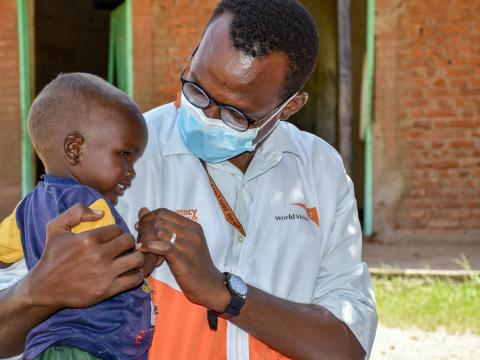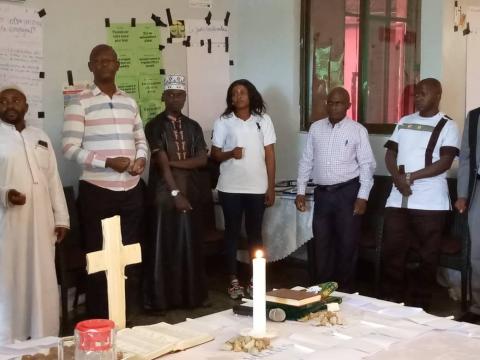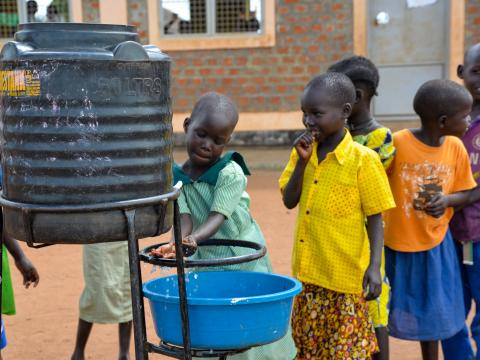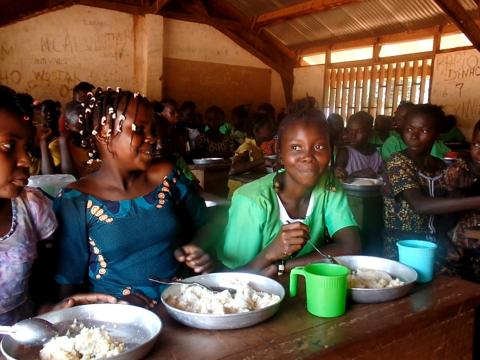
How we’re chasing away the shadow of the pandemic and getting set for the future
Do the following situations seem familiar?
- Your grocery bill goes up every week, even though you aren’t buying anything out of the ordinary.
- You are scanning apps to find the cheapest fuel prices and you regularly drive out of your way to fill up your tank for the lowest cost.
- Your favourite coffee shop or local restaurant closed its doors in the last year.
- You read opinion pieces about ‘to mask or not to mask in schools’ in the local paper.
What do all these situations remind us about?
We live in the lingering shadow of the COVID-19 pandemic. The shadow touches us when we buy groceries and fuel, when we see boarded up businesses and when we hear about changes in local classroom practices. Three years after the World Health Organisation declared the pandemic, we may have lost our acute fear of the virus, yet, like most emergencies, recovery and restoration takes longer than the event itself. Why? The largest economic crisis in a century was triggered by the pandemic and it has caused many of the day to day changes we notice. In addition, the pandemic increased inequities within and between countries, and drove up the number of children in ‘learning poverty’ – i.e., unable to read or comprehend a simple text by age 10.
At World Vision we needed to act on urgent issues for children and families even as the pandemic was waning, and we needed to lay the groundwork to prevent or mitigate future pandemics. So, we set out to rigorously answer questions about our work during the pandemic, to be clear about what we have learned, what we did well, and where we can do better.
"Thank you. You asked really important and good questions that made me rethink the way we were doing some things. The learning we get out of this evaluation…will help to prepare ourselves even better for the future…At the end of the day, what we all want is to better serve children and the communities where we work," World Vision Staff
We listened to 5,700 adults, children, faith leaders, community health workers (CHWs) and World Vision staff. Among the many important things they told us, here are some highlights:
- Committed health workers and families, along with their neighbours, relatives, and faith communities, implemented preventive measures, shared scarce resources, and supported education and child protection efforts. In the darkest times, people said they found hope and were encouraged through their faith communities and by praying for each other.
- Governments, businesses, UN agencies, and NGO, including World Vision, came alongside people across the globe to assist their efforts to combat the virus and its secondary effects.
- Loss of livelihoods and food insecurity created enormous stress for families which sometimes resulted in conflict, separation and violence. Families sold assets, borrowed money and used other strategies to try to manage the impact of lost income. Food and livelihood activities were the most valuable World Vision interventions during the pandemic, according to communities. These activities helped families address their priorities - to reduce debts, pay for housing and education needs or purchase productive assets and preventive materials. Many people also described food and cash assistance outcomes in terms of increased happiness and reduced stress.
- CHWs faced personal health risks, community resistance, insufficient resources and lack of psychosocial support. CHWs said World Vision’s assistance helped them to protect themselves, model and promote behaviour changes, improve the quality of care for patients and reach remote locations.
Many families currently face unequal access to vaccinations, continuing food and livelihood insecurity and extensive education loss despite significant local and national efforts.
We are working with communities and partners to address ongoing needs stemming from the pandemic fallout and improving preparedness for future pandemics. Our priority activities aim to:
- Help prevent future COVID-19 outbreaks. We are promoting preventive hygiene measures and supporting vaccination efforts to limit the spread of the COVID-19 virus. We have reached nearly 500,000 people with emergency hygiene promotion and supplies as part of our Global Hunger Response. We have also helped close to 2 million people access clean water.
"It is now estimated that the COVID vaccine has saved over 20 million lives globally. Every year routine childhood immunizations save over 4 million children's lives, making vaccination an intervention which we must relentlessly promote and deliver, and with urgent priority to the 25 million children who have missed doses, and the 18 million who have received no vaccination," Dan Irvine, Senior Director, Health and Nutrition
- Address immediate needs for food and livelihood support. We initiated a Global Hunger Response to address ongoing food and livelihood insecurity in April 2022. Since then, nearly 15 million people have been reached with food assistance, school feeding, and cash and voucher assistance across 26 high-priority countries. Almost 60,000 households have received livelihoods support to help to build their resilience as part of this Response.
-
Invest in education support for children. We developed a pilot catch-up programme (CUP) to address the pandemic’s significant impacts on education and we are measuring how girls and boys literacy and numeracy skills are improving through community-based CUP clubs. We will expand this programme to 12 countries by the end of 2023.
“My [CUP] teachers were patient [and] teach me how to read. Today, I can read!", CUP participant - Prepare for the next pandemic. As we address the immediate needs, we are also building stronger foundations to anticipate, prepare for, mi tigate and withstand future pandemics. People require information and materials to protect themselves and need to have the skills and opportunity to adapt their livelihoods during a crisis. We are extending our efforts in three areas based on what we learned in our evaluation:
- Increasing our collaboration with faith leaders and CHWs. During the pandemic we worked with over 200,000 faith leaders and 290,000 CHWs. Communities identified both groups as trusted sources of information and assistance, so we are building and extending these relationships to help us work more effectively before and during the next global crisis.
- Creating new ways to support children’s education during school closures. We are working with others to figure out ways to ensure children in very remote areas can continue their education during school closures.
- Improving community preparedness for disasters. We are improving our local-level preparedness by adjusting our Community Based Disaster Risk Management model to have a stronger focus on pandemics. 4)
- Tackle staff care needs. Our staff and their families were deeply affected by the pandemic and its shadow. Staff worked tirelessly to help vulnerable communities while supporting their families. We continue to support staff well-being by ensuring all staff can help determine priorities for staff-care. We have also significantly improved our staff-care site for easier access to relevant information about well-being.
Read more about our COVID-19 evaluation findings or our Global Hunger Response.
Jamo Huddle is World Vision's Technical Director of Humanitarian Design, Monitoring, Evaluation, and Accountability. Learn more about our global COVID-19 Response here.


